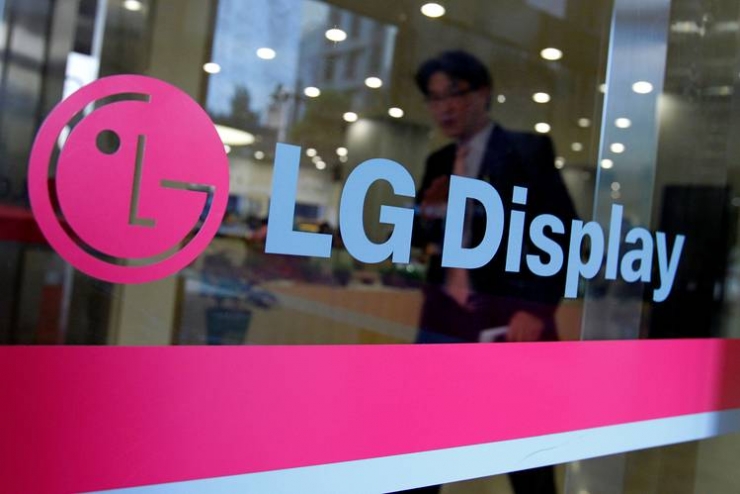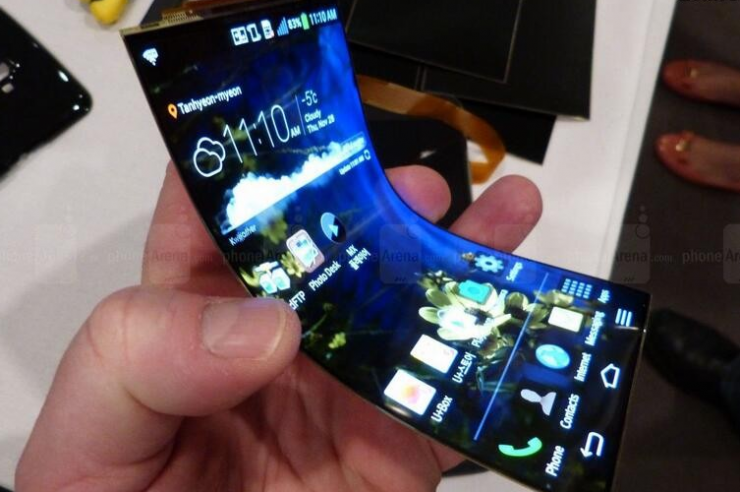
According to the "Wall Street Journal" report, South Korea's LG Display Company said today that the company will invest 1.99 trillion won (approximately 1.75 billion US dollars) to increase the output of small flexible organic light-emitting diode (OLED) screens available for mobile phones to meet Growing market demand for mobile device manufacturers.
The so-called OLED flexible display refers to a curved or foldable display. Its biggest feature is that it will actively emit light, and in the viewing angle, color gamut, response time, excellent black and other aspects are better than the LCD panel. Compared with the traditional LCD and LED screens, OLED display technology not only includes the advantages brought by the self-luminous characteristics, but also has the characteristics of more natural color appearance, more obvious color gradation and contrast performance. As technology companies gradually adopt OLED displays as screens for smart phones, tablets, and smart watches, OLEDs are considered to be likely to replace LCDs and become the standard configuration of smart phones in the future.
At present, this technology is mainly owned by Japanese and Korean companies, of which South Korea's Samsung and LG are giants in this area. Samsung OLED has been improved after being widely used in its Galaxy and Note series of mobile phones. LG's OLEDs are used by their own high-end TVs, and they export a small amount to local companies for TV. LG, as the world's largest LCD panel maker, has been focusing on the production of smart TVs using OLEDs, but it has lagged behind Samsung Display in the manufacture of smart phone OLED panels.

LG said in a document submitted to regulatory agencies that it will build a new small and medium size flexible OLED panel production line in South Korea to meet the growing demand for mobile devices.
The new production line “E6†will be deployed in the P9 plant in Paju, South Korea, with a planned production capacity of 15,000 pieces per month, and is expected to be produced in the second half of 2018. To increase construction efficiency, LG Display has invested 500 billion won in infrastructure. As a complement to the new production line, LG Display previously established a 4.5-generation flexible OLED panel production line E2 in Paju, South Korea. In July 2015, it also announced the news of a 6th-generation line E5 established at the Gumi plant in Gyeongsangbuk-do, South Korea.
In fact, LG Display began to make big bets in the OLED market long ago. In November last year, LG Display announced that it has invested more than 10 trillion won to establish a new P10 plant for OLED panel production in Paju, South Korea. P10 will produce a wide range of OLED products including large-size OLED panels and flexible OLED panels. In January 2013, the world's first mass-produced 55-inch OLED TV panel first introduced large-size OLEDs to the market. In October of the same year, LG Display once again released the world's first 6-inch flexible OLED panel using plastic substrates, and in September 2014 demonstrated the world's first 1.3-inch round flexible OLED panel.
According to IHS, a market research organization, flexible OLED market shipments will grow rapidly from 59 million units in 2016 to 416 million units in 2020. Investing in new production lines will enable LG Display to increase its mass production capacity in the second half of 2018. However, according to the second quarter results announced by LG Display, the company’s net loss was 84 billion won, compared with a net profit of 363 billion won in the same period last year.
Han Xiangfan, CEO of LG Display, said in a statement: "The shift to OLED is both a challenge and an opportunity for the display industry."
In the downstream OLED terminal products, a number of electronic giants are actively pushing their own OLED products to take the lead, and Apple is expected to apply OLED technology to its own products in 2017. Analysts predict that Apple may adopt an OLED screen on the iPhone next year. In response, Apple did not immediately respond to comments.
David Hsieh, senior director of IHS Markit, said: "Apple's adoption of OLED screens will be a milestone in the OLED display industry." The research company said in a report released on Tuesday that it is expected that by 2020, OLED screens can replace LCDs as the main display of smartphones, accounting for 36% of smart phone shipments. Most analysts believe that Samsung Display has won the Apple OLED screen contract for the iPhone next year, but Samsung also refused to respond.
(Source of the question: Wall Street Journal)